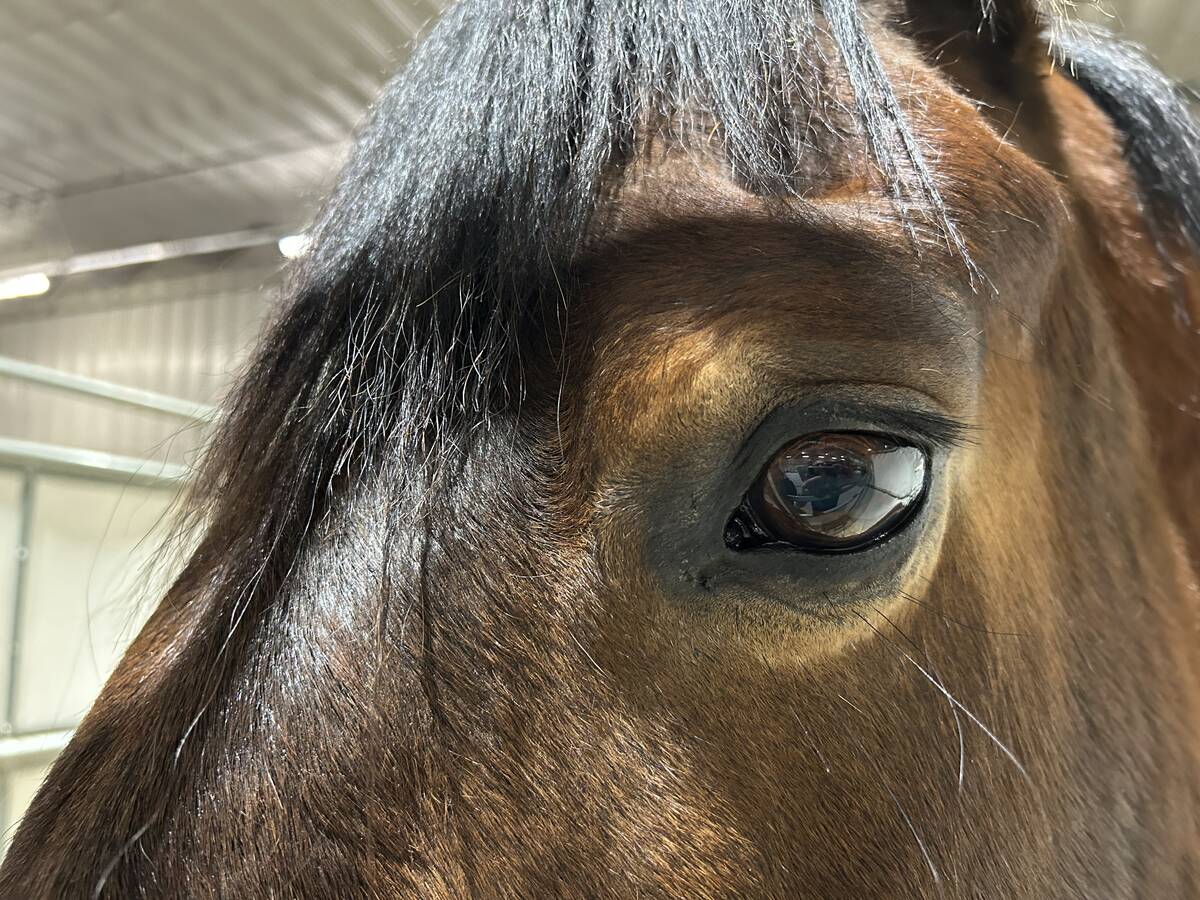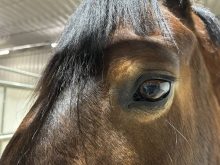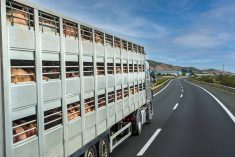The Alberta-based research program that fully sequenced the genomes of a pair of Canadian bulls now plans to expand its coverage to all livestock.
Alberta Innovates – Bio Solutions, the corporation that oversees the province’s publicly-funded ag, biotech and BSE research, has put up $2.25 million and the province’s Livestock and Meat Agency (ALMA) another $1.5 million for what’s now called Livestock Gentec.
The organization, formerly the Alberta Bovine Genomics Program, is a brain trust of university and government research labs looking at ways to help improve the competitiveness and sustainability of the livestock sector.
Read Also

Equine herpes case confirmed at Moose Jaw Exhibition Company
The Moose Jaw Exhibition Company has been placed under quarantine, effective Dec. 22, due to a confirmed case of equine herpesvirus-1 (EHV-1) at the grounds.
Its previous funding has included over $10 million from the province’s ag and advanced education ministries and the University of Alberta.
“The centre, in its previous iteration, had become one of the very best groups in the world at livestock genomics research, development and technology transfer,” the U of A said in a release Friday.
The genomics program last month announced it was the first in Canada to sequence a dairy bull and a beef bull, “reinforcing its position at the forefront of genomics science worldwide,” the university said.
The program was also a “major participant” in the first-ever sequencing of the bovine genome, helped sequence a Brazilian bull and identified genetic markers to predict its temperament, and otherwise has found over 125 genetic markers to improve cattle, over a dozen of which have already been commercialized.
“Sequencing genomes helps identify with greater precision the genetic markers that enable breeders to produce more efficient cattle, swine as well as improve domestic livestock species, which in turn will produce higher-quality milk and meat products in a way that consumers are looking for,” Stephen Moore, scientific director of Livestock Gentec, said in the university’s release.
“Fast improvements”
Data gathered from sequencing help breeders make “fast improvements” to livestock. According to the university, the field of genetic sequencing is evolving at a faster rate than advances in computing.
Computing power is expected to continue to double about every two years, while growth in genetic sequencing has been doubling steadily every 16 months since the early 1970s and is expected to continue to do so, the U of A said.
The first cow sequencing project, for example, took four years and $50 million by the time it was completed in 2009. The dairy and beef bulls sequenced by Livestock Gentec’s researchers used the SOLiD 3 System, a Life Technologies Corp. system that allowed for the work to be done in seven months for $130,000.
“Consumers will benefit from more cost-effective and healthier products on store shelves,” Moore said in March, when the bulls’ sequencing was announced. “Understanding what genes contribute to specific cattle traits will also have spinoff applications related to other fields like human health and disease.”
Sequencing the genomes of the two bulls is expected to allow scientists to “more accurately” identify genetic markers responsible for traits such as efficiency, yield, fatness and tenderness, the researchers said in March.















